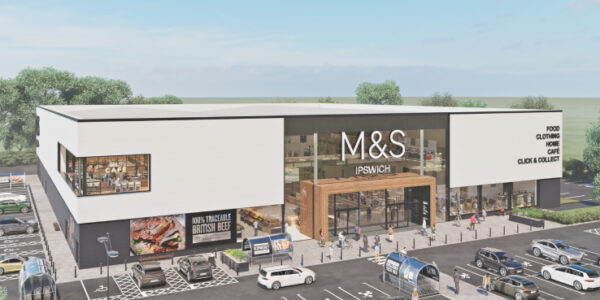Home Retail What Does Omnichannel Retail Really Look Like?
What Does Omnichannel Retail Really Look Like?
24/11/2020 - iconography

If you work retail there’s no doubt you’re familiar with the term ‘omnichannel’. It’s an industry buzzword, with leading brands announcing a shift towards omnichannel retail. Despite this, the concept of omnichannel retail is often difficult to match to the reality. So, what does omnichannel retail really look like?
From Bricks & Mortar to Omnichannel Success
Consumer shopping habits have changed dramatically over the past decade now that we shop with smartphones at the touch of a button. This technological boom created an ‘I want it, and I want it now’ attitude where availability and convenience became more important than price and brand.
The traditional approach to meeting these consumer needs was adding more sales channels – eCommerce, marketplaces, apps. However, doing so only went so far. Many of these channels weren’t connected and made for a horrible, sometimes more frustrating, customer experience.
Roll forward to 2020 and becoming an omnichannel retailer is the next big thing. It’s an evolution of multichannel whereby all sales channels are connected, allowing data like stock, product information and customer details to flow between them instantly and without disruption. The result is a seamless customer experience, greater brand loyalty and a higher spend.
“Omnichannel customers spend 4% more in-store and 10% more online than single-channel customers. For every additional channel they use, customers spend more money.” (Harvard Business Review)
What Makes Omnichannel Different to Multichannel?
One of the most common questions retailers have is what’s the difference between omnichannel and multichannel? We already sell through multiple channels, is that not enough?
The short answer is no, not any more. Consumers now expect a completely personalised and seamless shopping experience whether that’s online, on a PC, tablet or mobile. The only way to achieve this is by connecting systems and sharing data between them.
Approximately 60% of millennials expect consistent brand experiences—whether in-store, online or by phone. (SDL)
In a typical multichannel set-up, retailers may sell through an eCommerce site, in-store and on Amazon for example. Each of these channels are siloed, e.g. in-store stock is reserved for in-store sales, discounts only work online or in-store, orders made online cannot be returned in-store because the stock and customer information systems are different.
Although there are benefits to having multiple sales channels, it can make shopping more confusing for the customer, who now uses multiple channels to shop with your brand, not just one.
As many as 85% of digital consumers start the purchasing workflow on one device yet finish it on another. (Google)
Compare this to an omnichannel experience and you can see why it’s a popular model. Usually supported by a core Unified Commerce platform, omnichannel retailers ensure essential data is available across all channels at all times – they are all running on one system, and updated from one database.
The result is this; if a customer buys online and returns an item to store your EPoS instantly has access to the order information, can put the product back in stock and can issue the customer a refund, store credit or online voucher.
It also means that customers can use value-added services like check stock in your local store and click and collect. This is only possible when all channels are connected, and data is centralised.
Making The Move to Omnichannel Retail
The reality is most retailers already have the necessary sales channels and infrastructure to adopt an omnichannel approach. With the right systems in place, a simple integration that facilities the transfer of data between them is a good place to start.
Having said that, there are an increasing number of Unified Commerce platforms entering the market that are the complete retail package – eCommerce, EPoS, CRM and Retail Management all in one system. No integrations, one piece of software, one vendor.
The benefit of using a system like this is the lack of integrations. Integrations between systems can go down, fail to transfer data and usually go wrong at the worst moments. When this happens, you lose that omnichannel edge. Unified Commerce on the other hand has no integrations meaning your retail system will update and transfer your data 24/7 with no risk of integration failure and data loss.
Almost 90% of retail leaders agree a seamless omnichannel strategy is critical to business success. (Research Live)
Wrapping Up – Be Agile, Evolve with Omnichannel
The key difference between omnichannel and multichannel is the centralisation and accessibility of data across all systems. Although you might be selling through multiple channels already, are they all connected and can you offer services like click and collect or buy online, return-instore?
If not, you could be causing customers more frustration that you realise. The key to successful omnichannel retail is ensuring that your customers can access the right products, their payment and delivery details, their order information and a checkout, wherever they choose to shop. It’s the next step in the evolution of retail.
For more information visit the iconography website
All articles on this news site are submitted by registered contributors of SuffolkWire. Find out how to subscribe and submit your stories here »
Related Blogs
Retail
21/11/2024
M&S sets out plans for multi-million-pound investment in Ipswich
Contributed by Marks & Spencer

